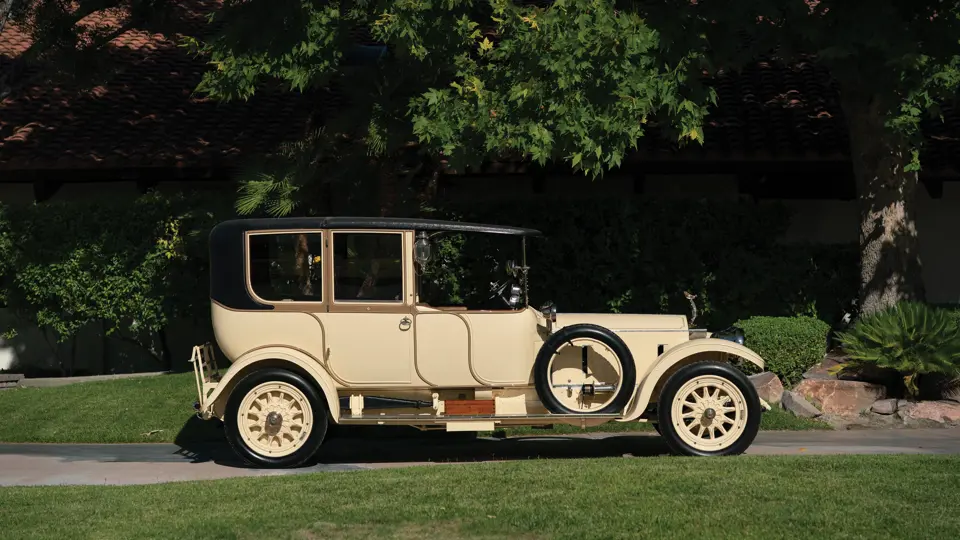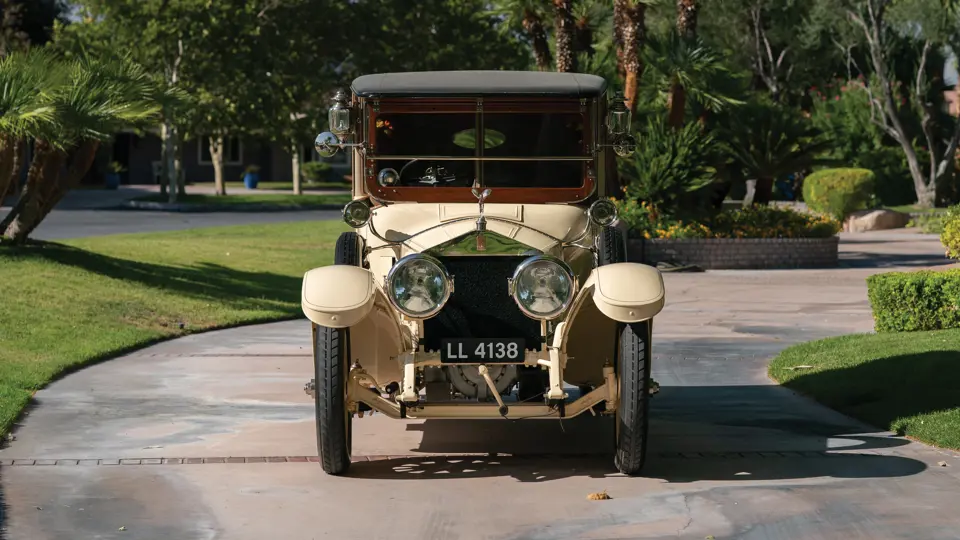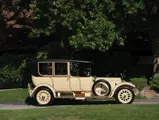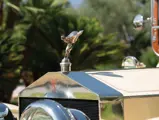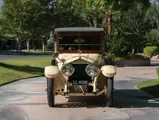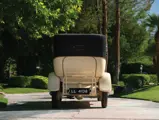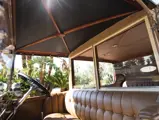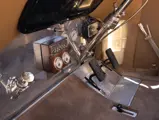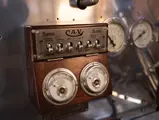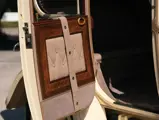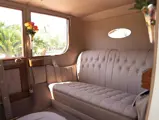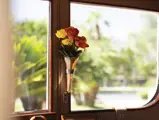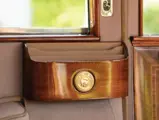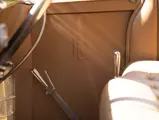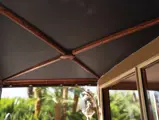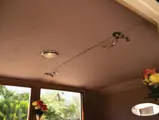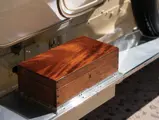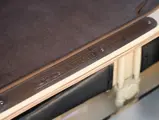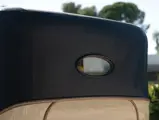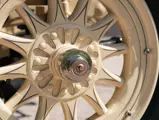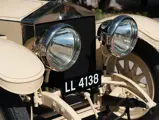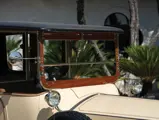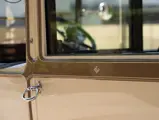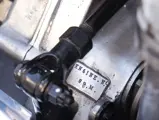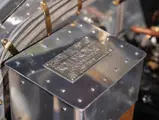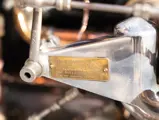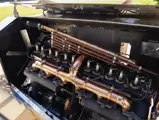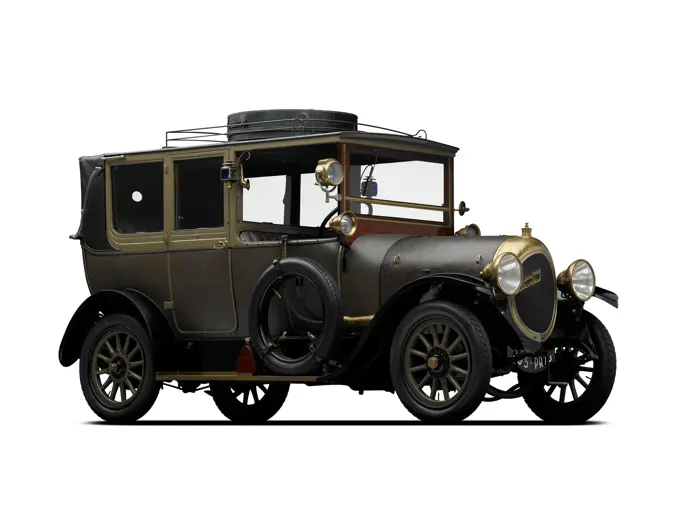
1914 Rolls-Royce Silver Ghost Landaulette by Barker
{{lr.item.text}}
$665,000 USD | Sold
{{bidding.lot.reserveStatusFormatted}}
- An extremely rare “parallel bonnet” Silver Ghost
- Retains its original chassis, engine, and coachwork
- Formerly of the Henry Ford, Moser, and Solove collections
- Documented in John Faisal’s The Edwardian Rolls-Royce
- Fully restored by award-winning Silver Ghost expert Steve Littin
- One of the finest surviving Silver Ghosts
According to copies of its build sheets, Silver Ghost chassis number 25EB was recorded as being “on test” on 28 January 1914 and was then delivered to Barker of London to be fitted with its open-drive limousine coachwork. The design of this body was in many ways typical of formal cars of the period, with a high roofline featuring large windows around the rear compartment, as well as a sliding division window twixt the enclosed passengers and the chauffeur in the open. Barker gave the design its own flair, however, with a carriage-style curved molding running through the front doors, which themselves are curved up into the cowl. These touches lighten the appearance of the car and give it a distinctive grace.
The completed Silver Ghost was delivered to its original British owner, D.E. Cameron Rose, on 28 May 1914 and registered as LL 4138. It remained in the UK not long, however, as it was subsequently acquired and imported to New York by Robert W. Schuette, the U.S. Rolls-Royce distributor at the time and, conveniently, also the American agent for Barker. Schuette subsequently sold the Rolls to Helen Brice of New York City.
An East 80th Street neighbor to the Carnegies, Helen Brice was the fortunate daughter of Calvin S. Brice, who had built dual fortunes in the ultimate industries of his era, railroads and banking, and then profitably sold out to “Commodore” Vanderbilt. The vast sums collected from this venture afforded the Brices a lifestyle among the finest East Coast families of the era.
Miss Brice used her Silver Ghost on a regular basis until early 1934, at which point she and her chauffeur, Francis Cox, came to the conclusion that it was advisable to trade it in for a more modern automobile. A slightly used 1932 Lincoln was seen as a suitable replacement, and the Ghost was traded in at the dealer at 1710 Broadway. Mr. Cox was apparently sentimental about the car, however, and in a moment of rare foresight wrote a letter to “Mr. Henry Ford, Dearborn, Michigan,” suggesting that the Silver Ghost, as an elegant example of original coachwork on a great chassis, would be appropriate for Ford’s new museum. Apparently Mr. Ford agreed. Shortly thereafter, Cox received a letter back from Ford’s representative, Frank Campsall, notifying him that “we have arranged to have this car forwarded to Dearborn for our museum.” Photographs on file show the car prior to its shipment from New Jersey to Michigan, still wearing its 1934 New York registration plates, to join one of America’s great early collections.
The Silver Ghost was put on display at what was then known as the Edison Institute, later to become the Henry Ford Museum, and remained on display there until 1971. At that point, it was deaccessioned and sold to Bernard Paul Moser, a well-known collector and enthusiast from Solvang, California. In keeping with its history of long-term ownerships, it remained with Mr. Moser until his passing in May 1992, then sold the following year to Chris Lambert.
The car next passed to DeNean Stafford III and then to British enthusiast Jonathan Proctor, in whose ownership the body was refinished in Burgundy. It then returned to the U.S. and was sold to the late Richard Solove, who commissioned Steve Littin’s renowned Vintage and Auto Rebuilds of Chardon, Ohio, to restore the car between 2004 and 2005. It was the first—and remains, thus far, the only—comprehensive restoration that the Silver Ghost ever had.
The car is documented in John Faisal’s The Edwardian Rolls-Royce and is depicted on display at the Henry Ford Museum in John Webb de Campi’s Rolls-Royce in America. In addition, it is offered with a detailed file that includes the aforementioned build-card copies, documentation from the Henry Ford Museum, and receipts for gentle, professional mechanical servicing and sorting from its present ownership.
Few Silver Ghosts remain with their original coachwork on the original chassis. Fewer still have been so looked-after, since very early in their lives, as to survive with so many of their factory-original components intact that only sympathetic restoration is required. Helen Brice’s car is one of those, a wonderfully “pure” Silver Ghost.




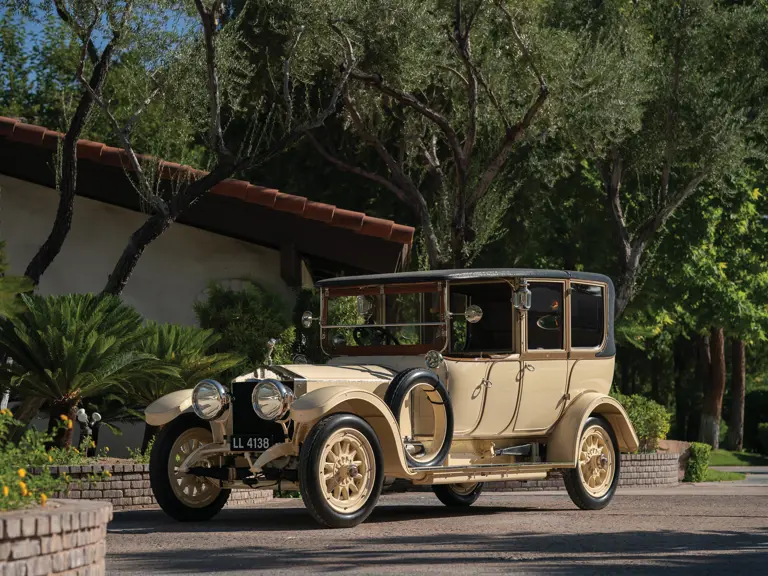

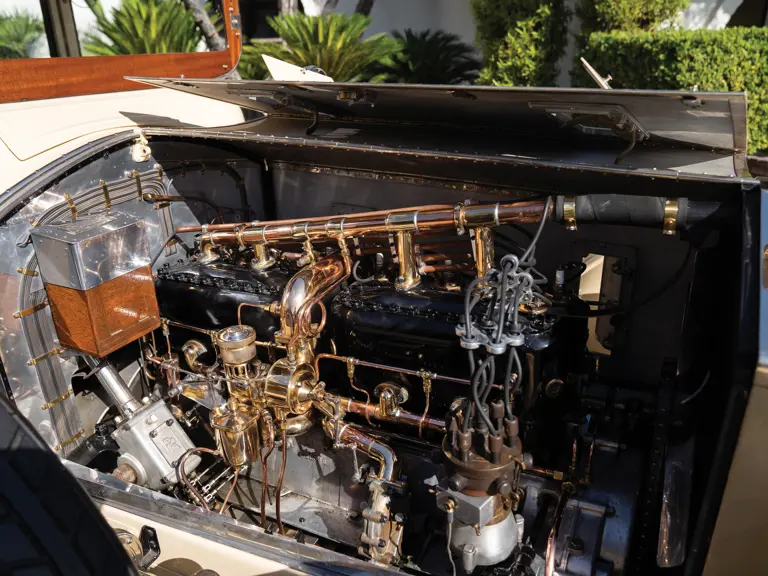
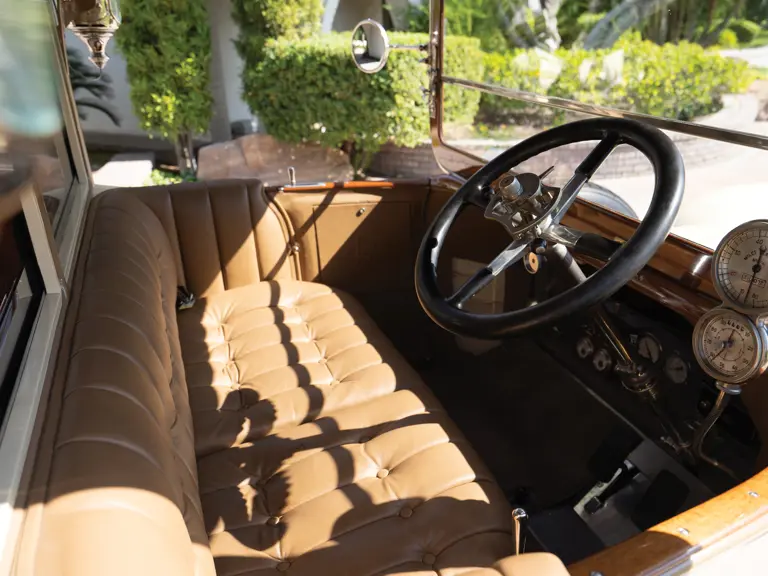
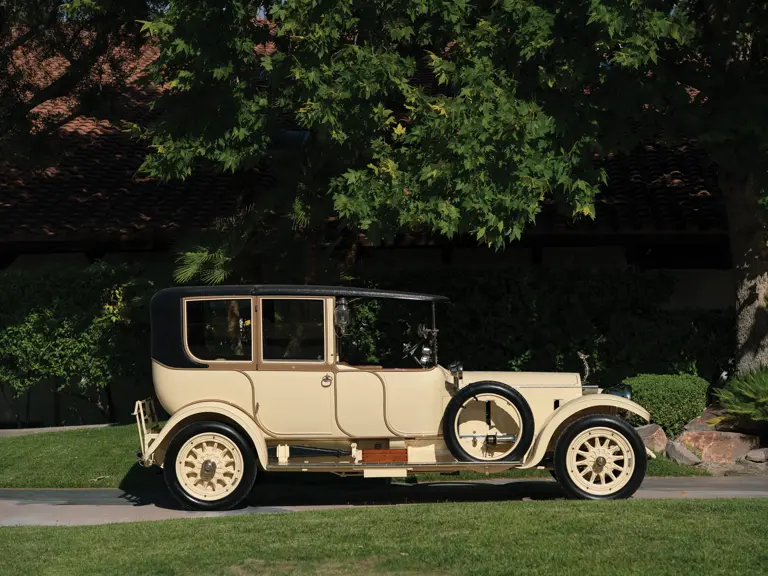
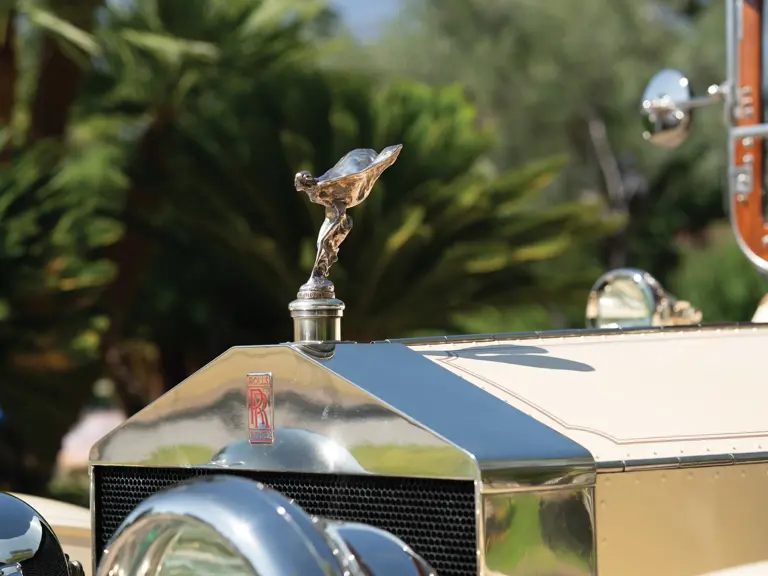
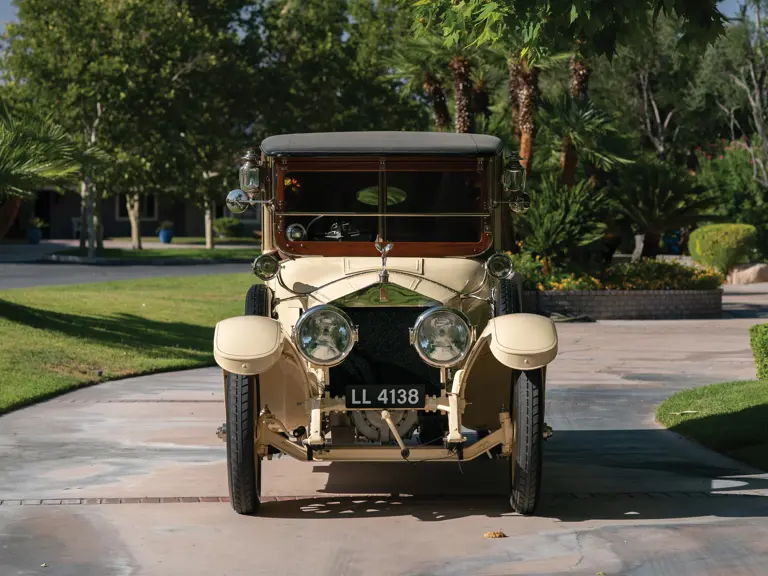
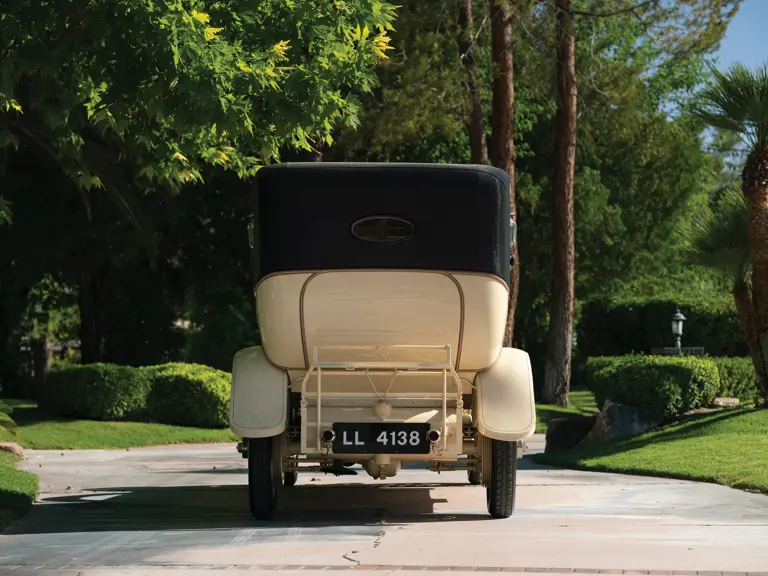
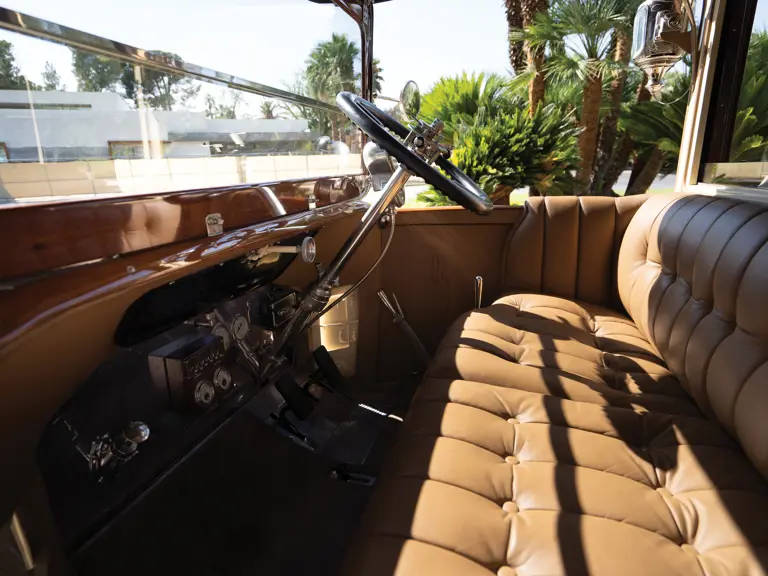


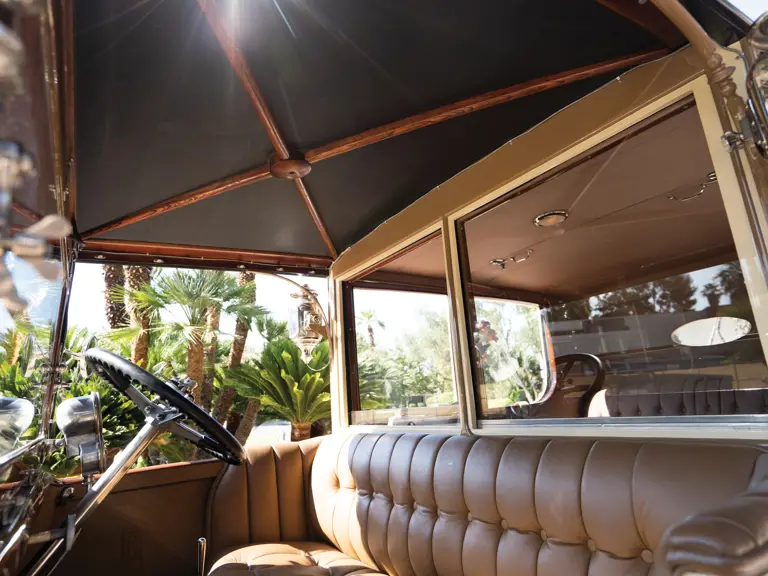
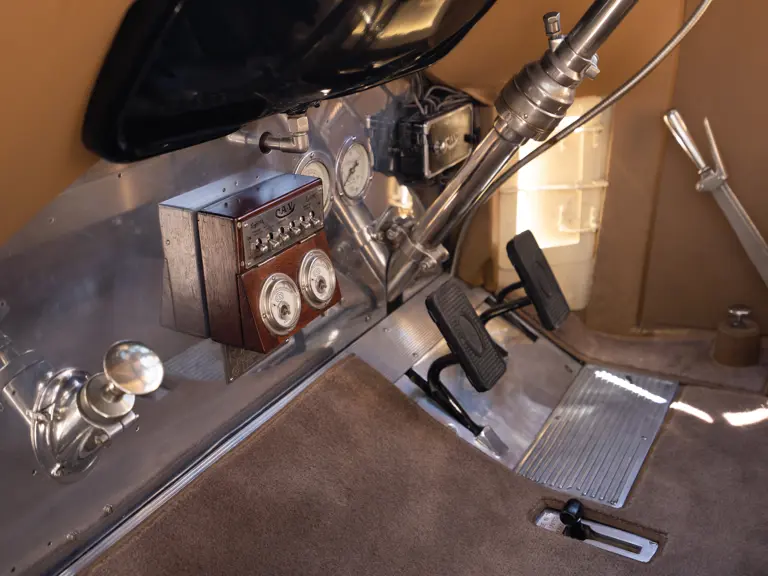
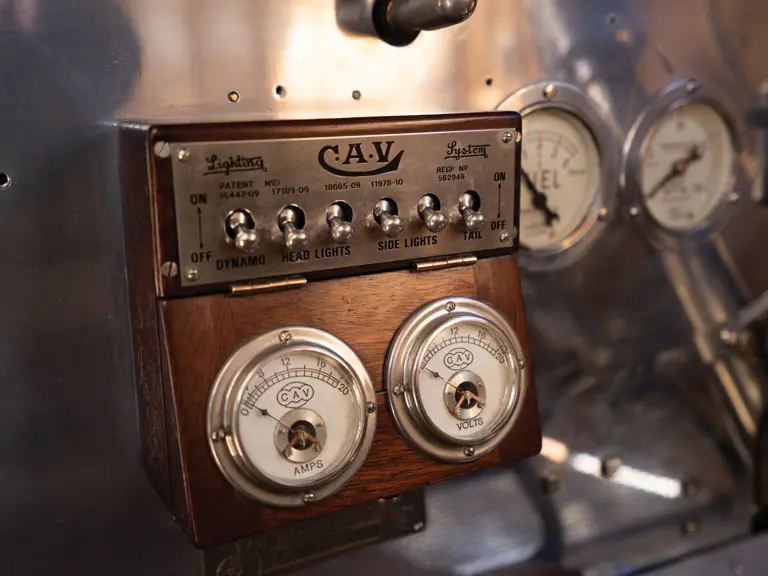
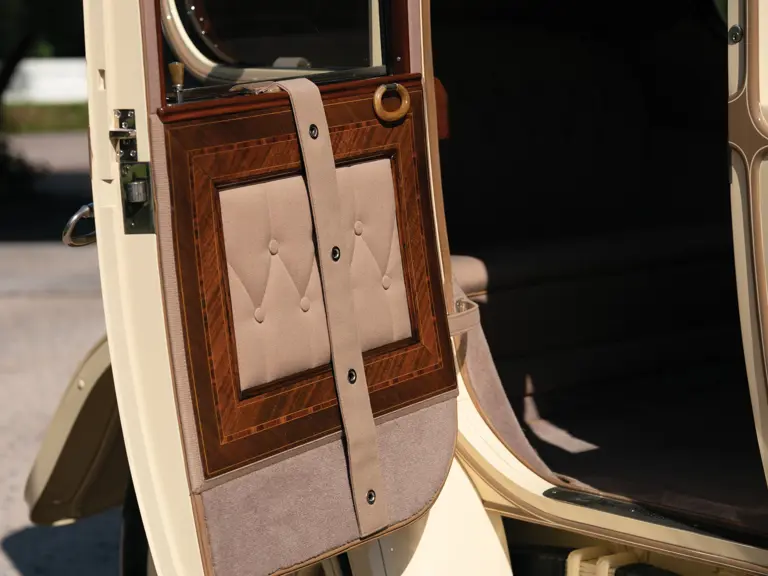


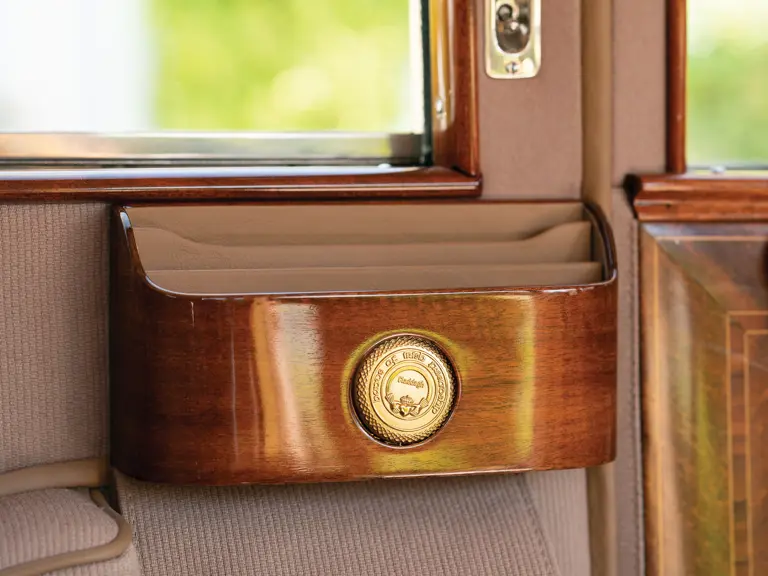



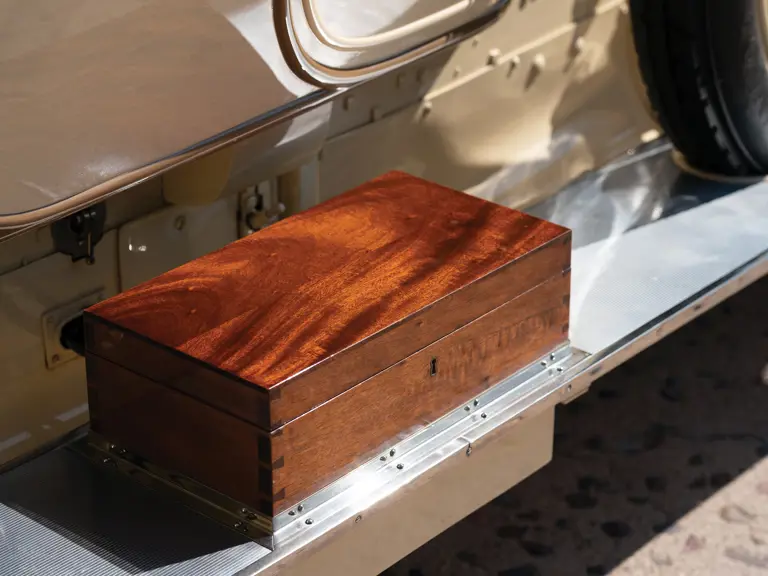

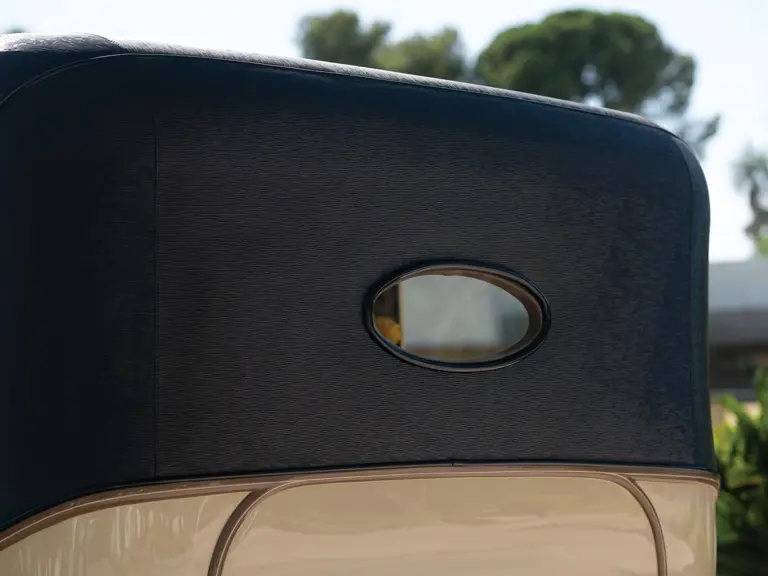

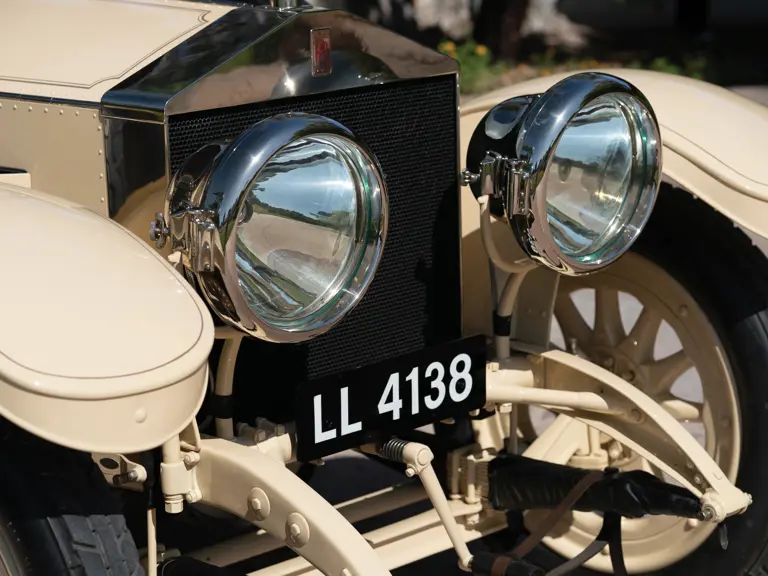
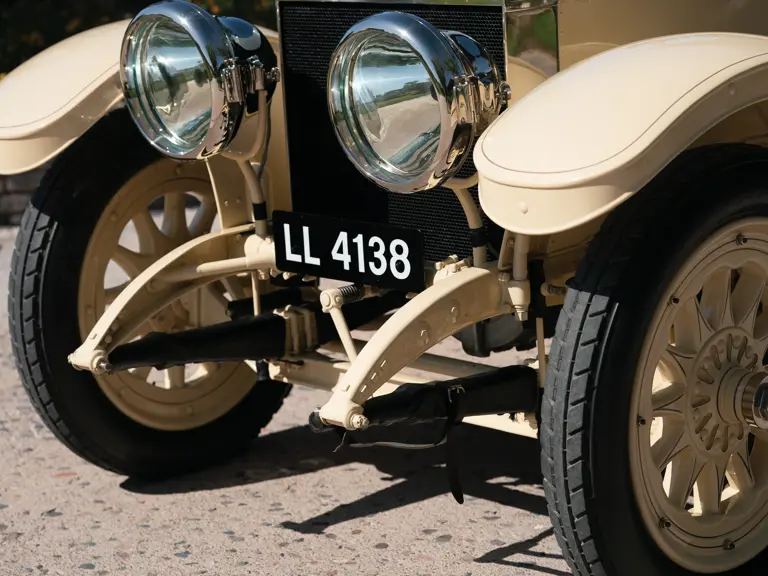

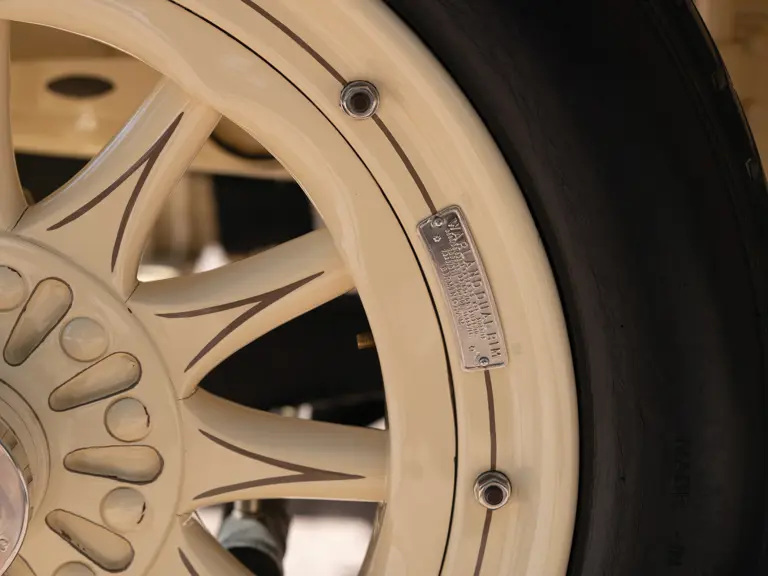
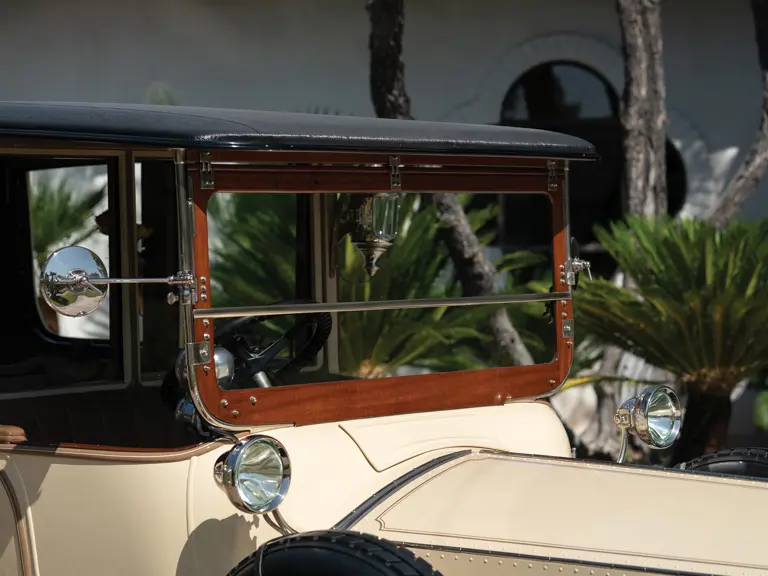
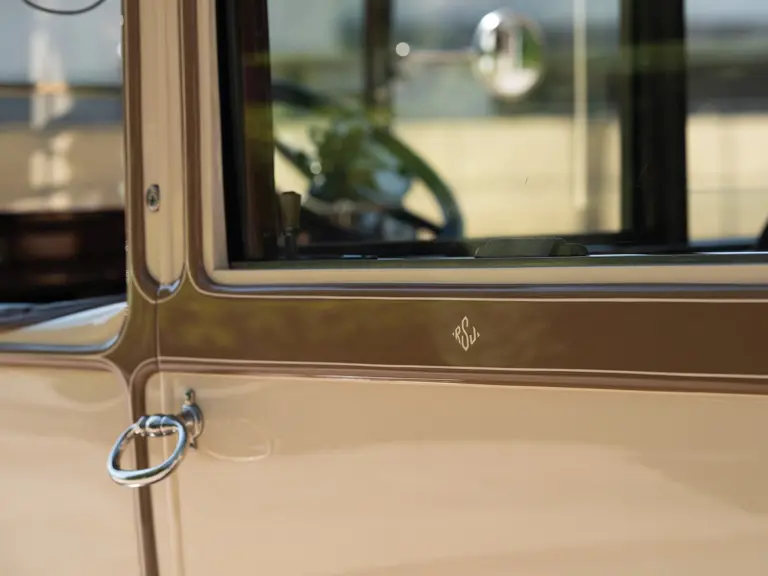
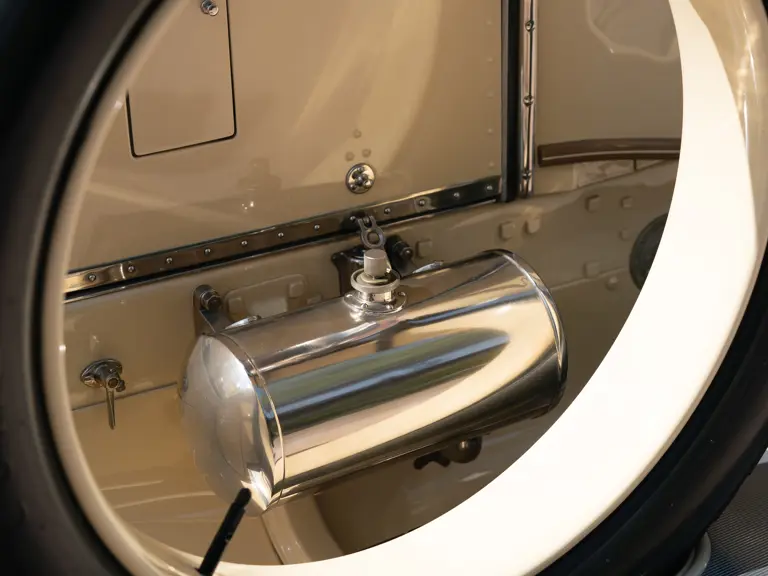

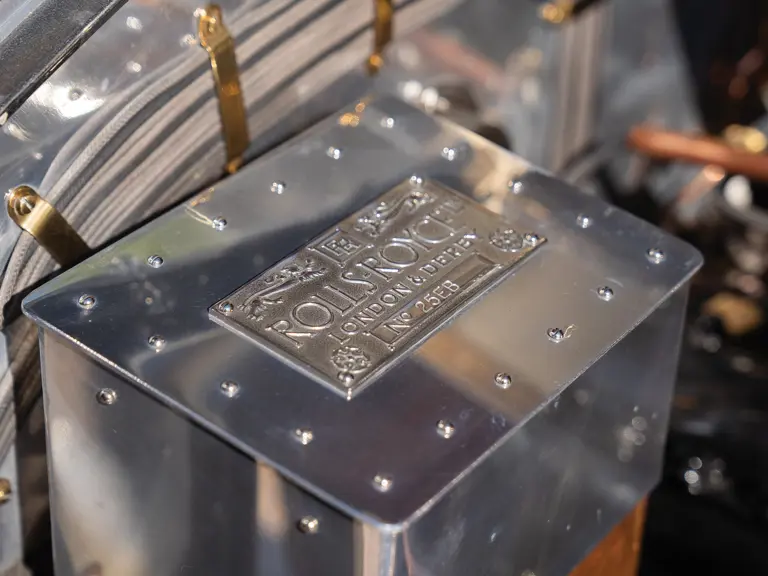
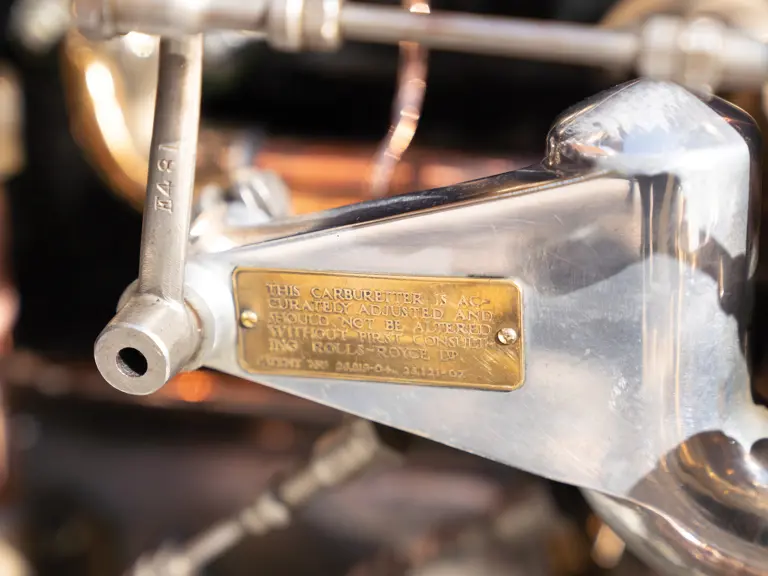
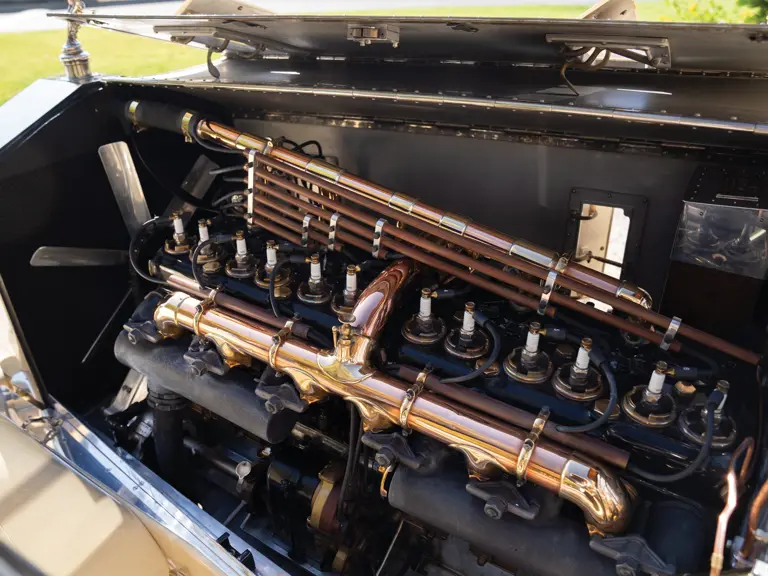

 | Monterey, California
| Monterey, California
